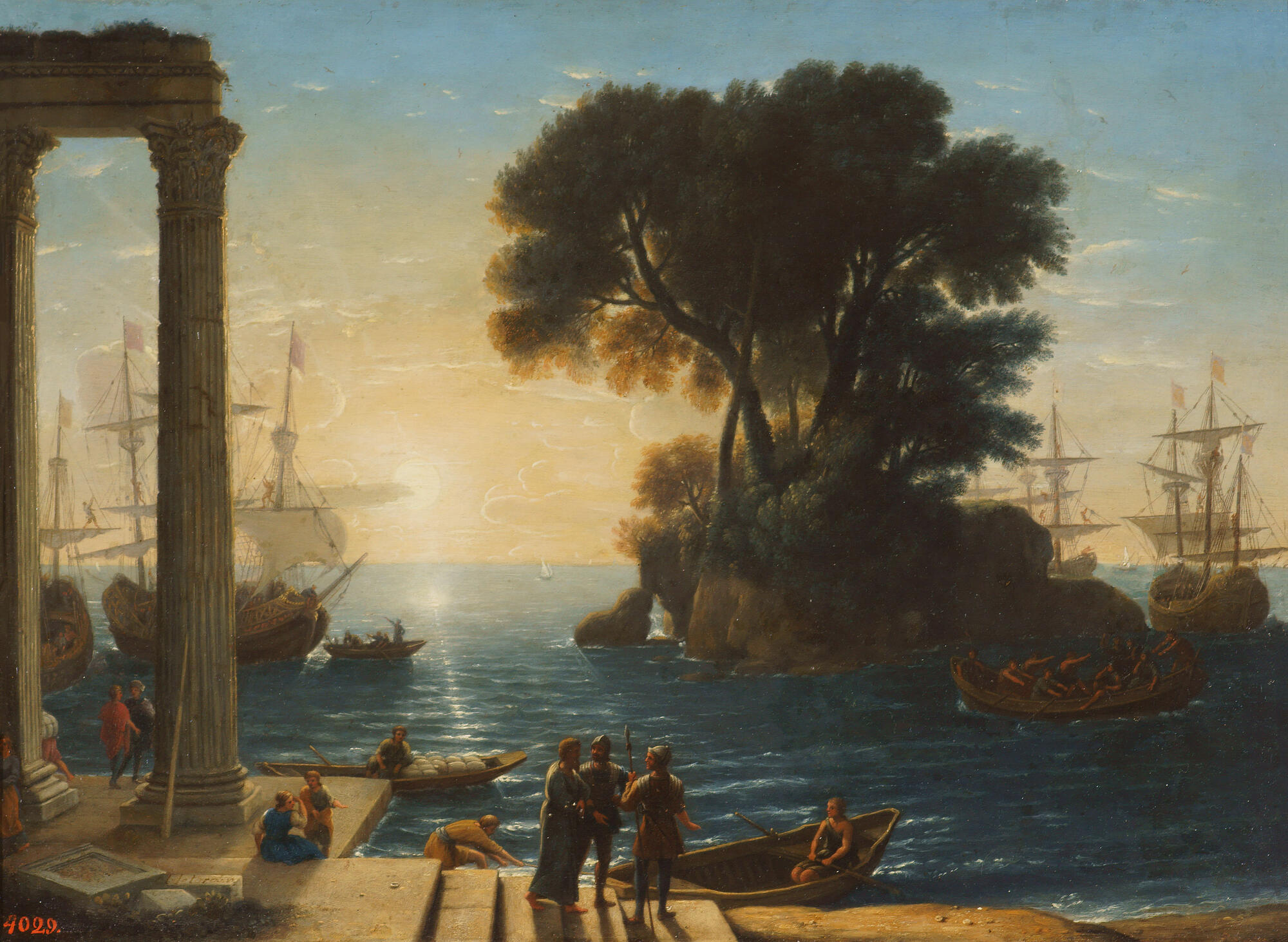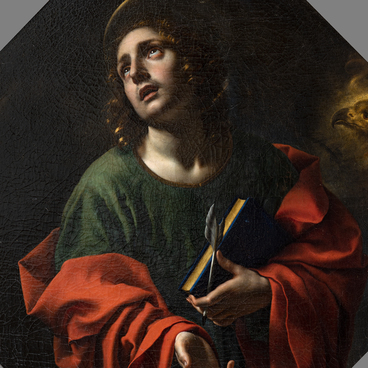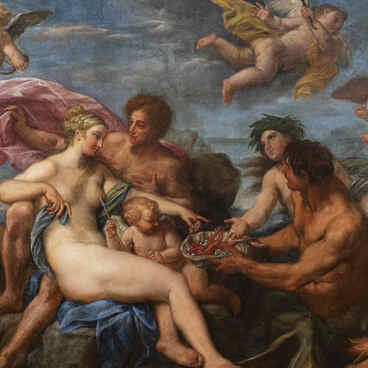Claude Gelleé, a French painter and engraver, was born in 1600 in Lorraine, earning him the nickname of Lorrain. He learnrd his first skills in the artistic craft from his brother. At 13, the young Gelleé went to Rome, where he was apprenticed to the notorious landscape painter Agostino Tassi. He then studied the art of perspective and architecture under the German master Gottfried Waltz in Naples.
In the late 1620s, Lorrain permanently settled in the Italian capital. He was soon accepted into the Guild of St. Luke — the famous association of artists. His work became the benchmark for a new — classicist — type of landscape, with the natural world as a perfect place for human existence.
In Lorrain’s paintings the sun always shines. The bright rays are a visualization of the divine light that fills the earthly world. Each work of the artist is an ode to the sun.
In his mature period, Lorrain paints many seaports against the sunset, showing his consummate mastery of perspective. The main spotlight is placed near the horizon, enhancing the effect of creating infinite depth of space. The horizon in all of Lorrain’s works, including “Port”, is drawn at the same level, as if it were a transversal axis of his compositions, it is always lowered to create a sense of the vastness of the sky. The illusion of limitlessness and inward movement is achieved through subtle shades and transitions from close-up shaded silhouettes to delicately lighted distances.
The sunlight coming in from the depths towards the viewer makes the objects on the horizon seem transparent. In the foreground it provides clear silhouettes of the rocks, the lush trees growing on them, the sailing ships, the various boats, and the figures of people at sea and on the shore. The light gives a special subtlety and grace to the ship’s rigging and enhances the strict proportions of the architectural ruins.
In the middle of the century Lorrain creates several copies and versions of the same subject. The work “Port” is identical to another canvas called “Coastal Scene with the Embarkation of Saint Paul”, which is in the Birmingham Museum. The base material — copperplate — and dimensions are identical. Lorrain’s optimistic art made him a much sought-after painter who received commissions until his death.
In the late 1620s, Lorrain permanently settled in the Italian capital. He was soon accepted into the Guild of St. Luke — the famous association of artists. His work became the benchmark for a new — classicist — type of landscape, with the natural world as a perfect place for human existence.
In Lorrain’s paintings the sun always shines. The bright rays are a visualization of the divine light that fills the earthly world. Each work of the artist is an ode to the sun.
In his mature period, Lorrain paints many seaports against the sunset, showing his consummate mastery of perspective. The main spotlight is placed near the horizon, enhancing the effect of creating infinite depth of space. The horizon in all of Lorrain’s works, including “Port”, is drawn at the same level, as if it were a transversal axis of his compositions, it is always lowered to create a sense of the vastness of the sky. The illusion of limitlessness and inward movement is achieved through subtle shades and transitions from close-up shaded silhouettes to delicately lighted distances.
The sunlight coming in from the depths towards the viewer makes the objects on the horizon seem transparent. In the foreground it provides clear silhouettes of the rocks, the lush trees growing on them, the sailing ships, the various boats, and the figures of people at sea and on the shore. The light gives a special subtlety and grace to the ship’s rigging and enhances the strict proportions of the architectural ruins.
In the middle of the century Lorrain creates several copies and versions of the same subject. The work “Port” is identical to another canvas called “Coastal Scene with the Embarkation of Saint Paul”, which is in the Birmingham Museum. The base material — copperplate — and dimensions are identical. Lorrain’s optimistic art made him a much sought-after painter who received commissions until his death.



